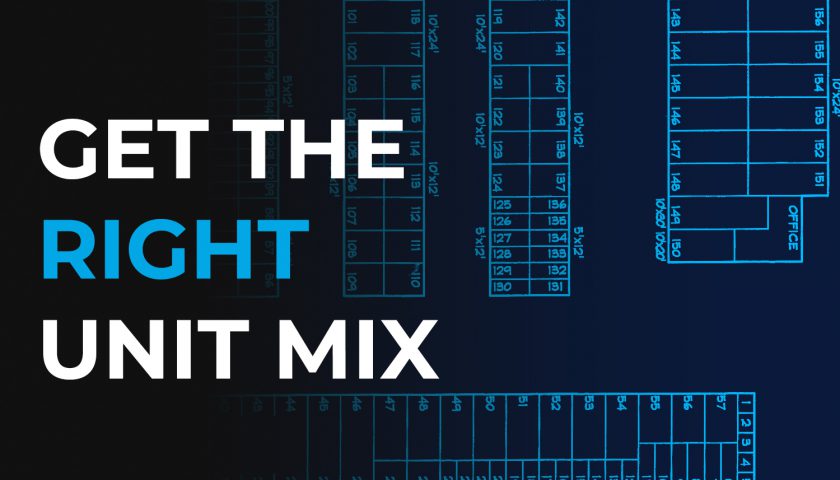
Every year Bank Five Nine funds numerous transactions based on complex change of ownership transactions that include the purchase of real estate. In many cases financing is provided in combination with both the SBA 7(a) Program (intangible assets) and the SBA 504 Program (fixed assets).
Seller financing is also common in these types of projects, but it is important to structure the deal right on the front end in order to allow for seller financing to count toward the required down payment and also ensure the payback terms are acceptable to all parties involved.
One of the main advantages of the SBA 504 program is that, in most cases, existing small businesses can qualify for only 10% down, but what if the applicant doesn’t have 10% available or if they need to conserve cash to help fund future growth? Negotiating for seller take-back financing may be a good solution, but borrower contribution rules are one of the few areas where the SBA requirements vary quite a bit between the 7(a) and 504 Programs.
In most cases, the 504 rules are more favorable when it comes to using a seller note towards the required down payment. Unlike the 7(a) program, there is no limit on the amount of borrower’s contribution coming from seller debt and there are no standby requirements under the 504 program. Assuming good management and historical coverage it is possible for the seller to carry back the full 10% down.
The SBA 504 Program down payment rules allows for seller debt to count towards the required equity injection. This is common in the industry but in many cases, borrowers and partner lenders are not aware of this option. Understanding the rules early on in the process can help borrowers potentially negotiate more favorable terms and help get the deal done!
Nick Collins
Commercial Lender – Vice President
Bank Five Nine
p: (262) 560-2016 c: (262) 468-6169 f: (262) 804-9926




